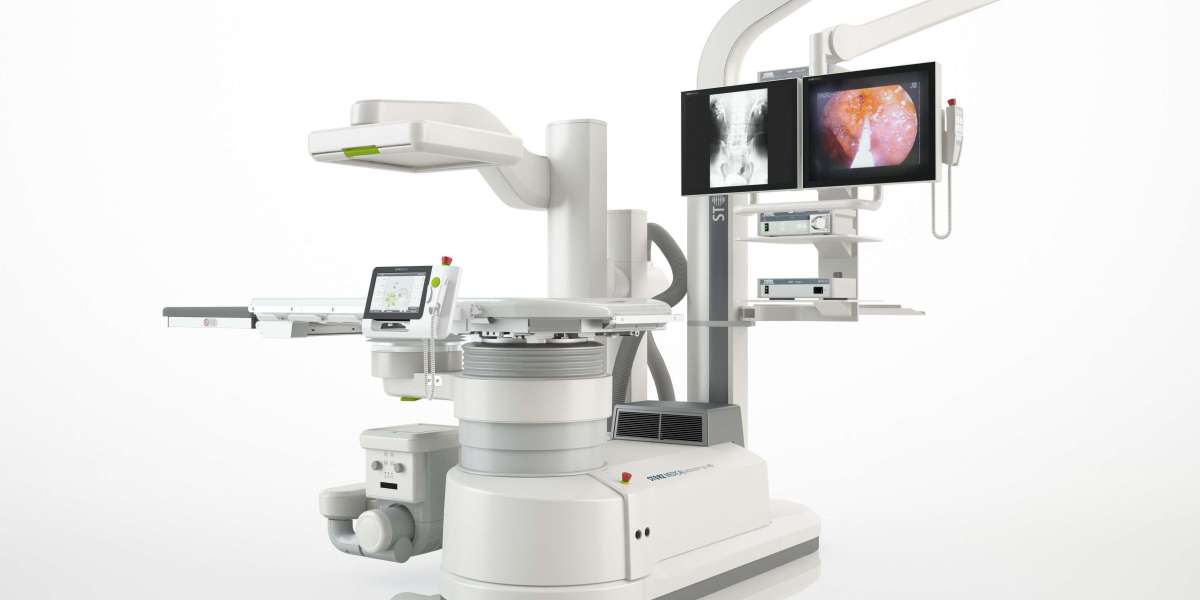The Technology Behind Flat Panel Detectors: Characteristics, Selection, Maintenance, and Future Prospects
Flat Panel Detectors (FPDs) have emerged as a critical technology in various fields, from medical imaging to industrial inspection. In this comprehensive guide, we will explore the different characteristics of FPDs, how to choose the right one for specific applications, the calibration and maintenance process, common problems, and the exciting future of flat panel detector technology.
Common Problems and Troubleshooting
Understanding common issues with FPDs and how to troubleshoot them:
· Dead Pixels: Dead pixels can affect image quality. Software-based pixel mapping can help identify and correct dead pixels.
· Artifacts: Artifacts can result from dust or damage. Cleaning the panel and conducting a quality control test can often resolve this issue.
· Image Lag: Image lag can occur due to slow response times. Ensure the FPD is operating within its specified temperature range to minimize this problem.
Understanding Flat Panel Detectors
Flat Panel Detectors come in various types, each with distinct characteristics:
· Direct and Indirect FPDs: Direct FPDs convert X-rays directly into electrical signals, offering high image quality and resolution. Indirect FPDs use a scintillator to convert X-rays into visible light before conversion to electrical signals.
· Panel Size and Resolution: FPDs come in different sizes and resolutions to suit specific applications. Larger panels provide a broader field of view, while higher resolutions capture finer details.
· Pixel Pitch: Pixel pitch determines the spatial resolution of an FPD. Smaller pixel pitches offer better spatial resolution.
Choosing the Right Flat Panel Detector
Selecting the right FPD for a specific application is crucial:
· Application-specific Requirements: Consider the imaging requirements of your application, such as the type of radiation used, desired image quality, and the size of the objects to be imaged.
· Spatial Resolution: Choose an FPD with an appropriate pixel pitch to ensure the required spatial resolution.
· Panel Size: Select a panel size that accommodates the objects or specimens you will be imaging.
Calibration and Maintenance
To maintain the accuracy and performance of an FPD, regular calibration and maintenance are essential:
· Calibration: Calibration ensures that the FPD produces accurate and reliable images. It involves correcting any deviations in pixel sensitivity, ensuring uniformity across the panel.
· Routine Maintenance: Regularly inspect the FPD for physical damage, dust, or contaminants. Clean the panel as per manufacturer guidelines to prevent image artifacts.
The Future of Flat Panel Detector Technology
As technology continues to advance, the future of FPDs looks promising:
· Improved Image Quality: Ongoing research aims to enhance image quality further, making FPDs even more useful in medical diagnostics and other applications.
· Miniaturization: Smaller, portable FPDs are being developed, expanding their use in point-of-care and field applications.
· Integration with AI: FPDs are increasingly being integrated with artificial intelligence (AI) algorithms for real-time image analysis and decision support.
Flat Panel Detectors have revolutionized imaging and inspection processes across various industries. By understanding their characteristics, selecting the right FPD for specific needs, and maintaining them properly, users can harness the full potential of this technology. Moreover, with ongoing advancements and integration with AI, the future of FPD technology promises even more exciting possibilities.
Stay updated with the latest trends and developments in flat panel detector technology to ensure you are making the most of this versatile and evolving technology.
#FlatPanelDetectors #ImagingTechnology #Radiography #DigitalRadiography #IndustrialInspection #MedicalImaging







